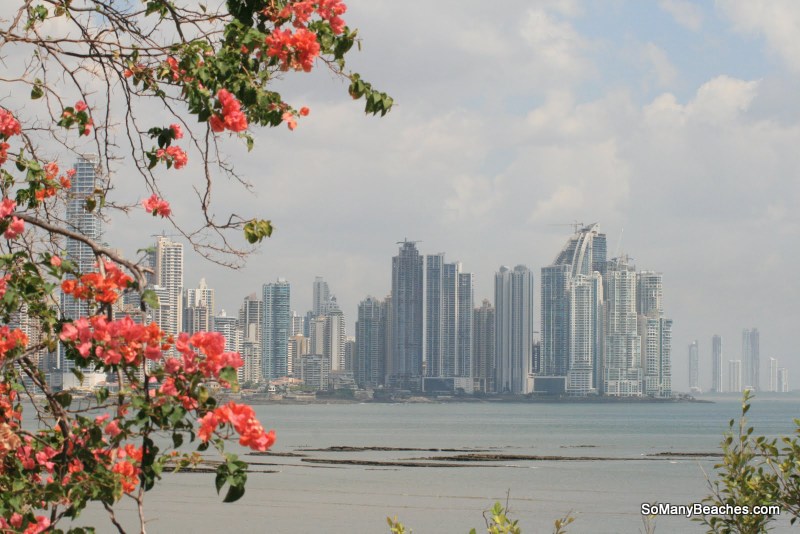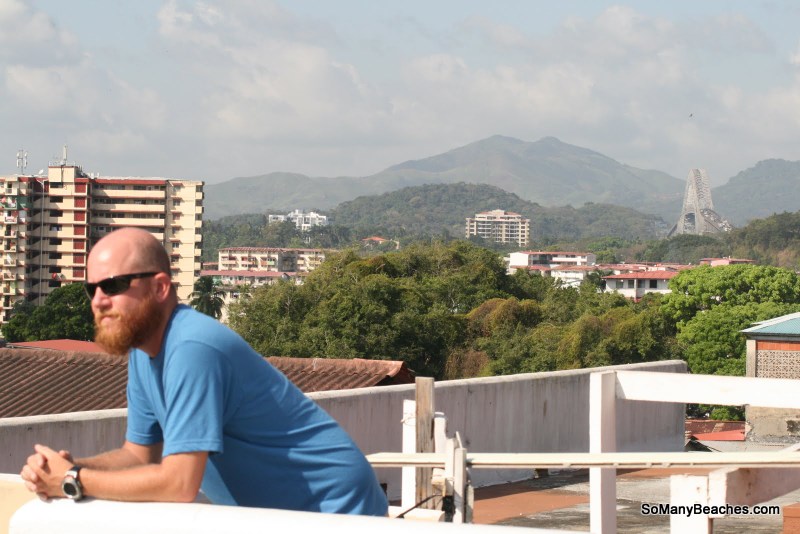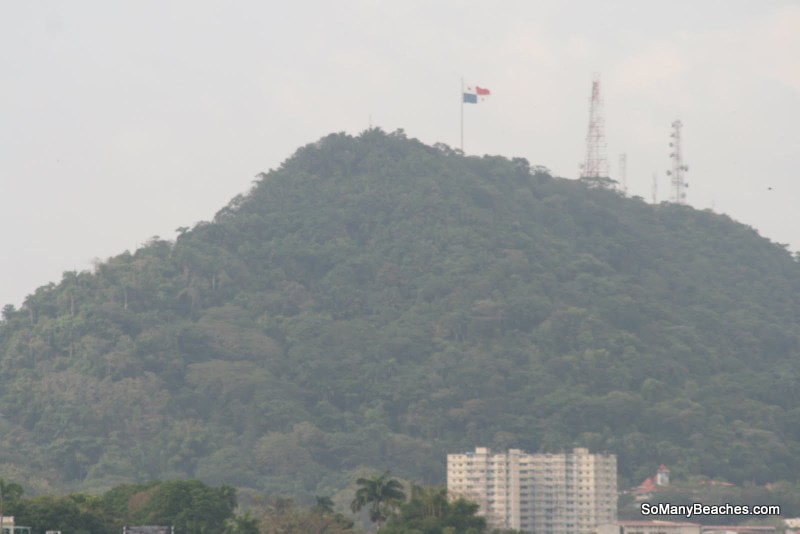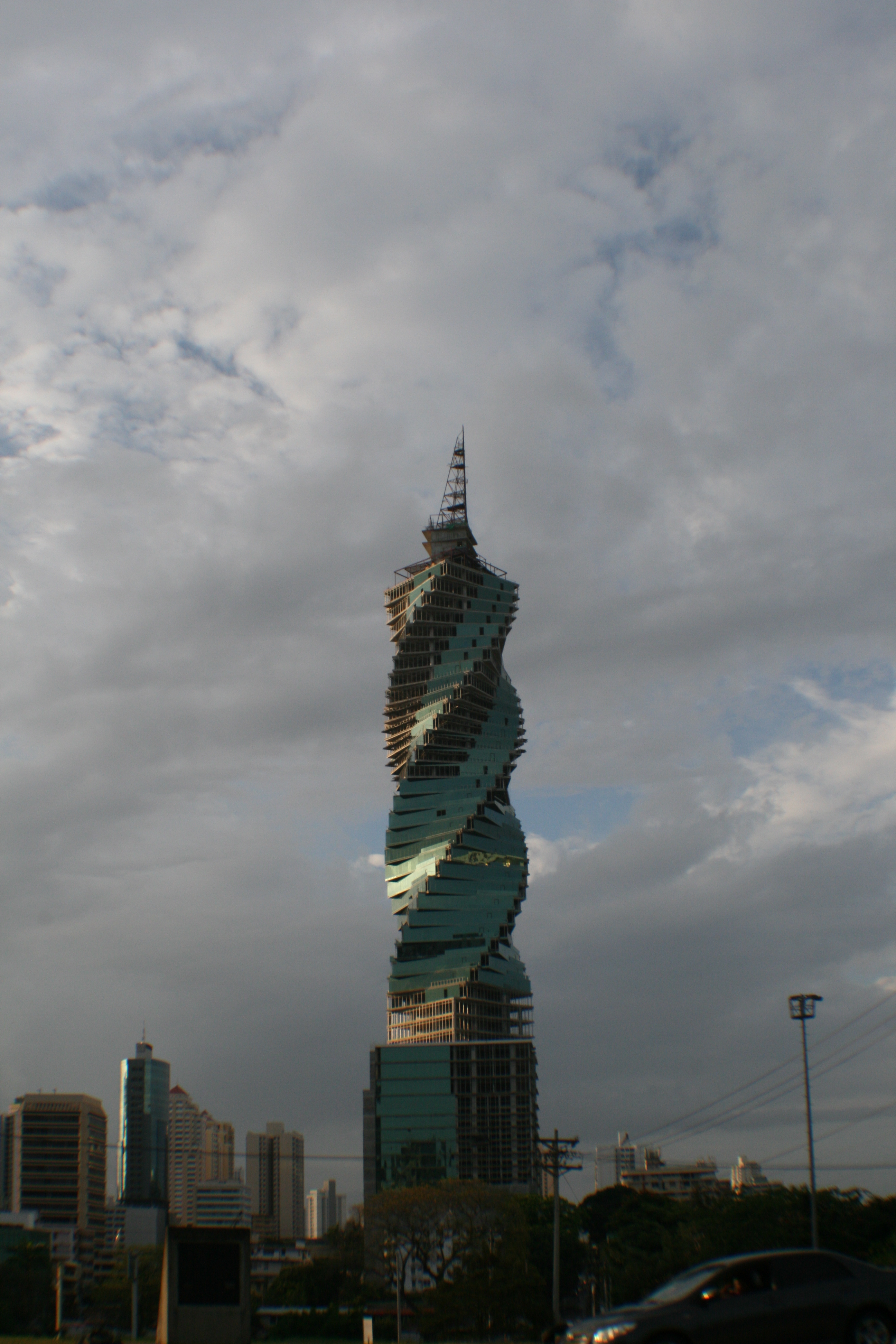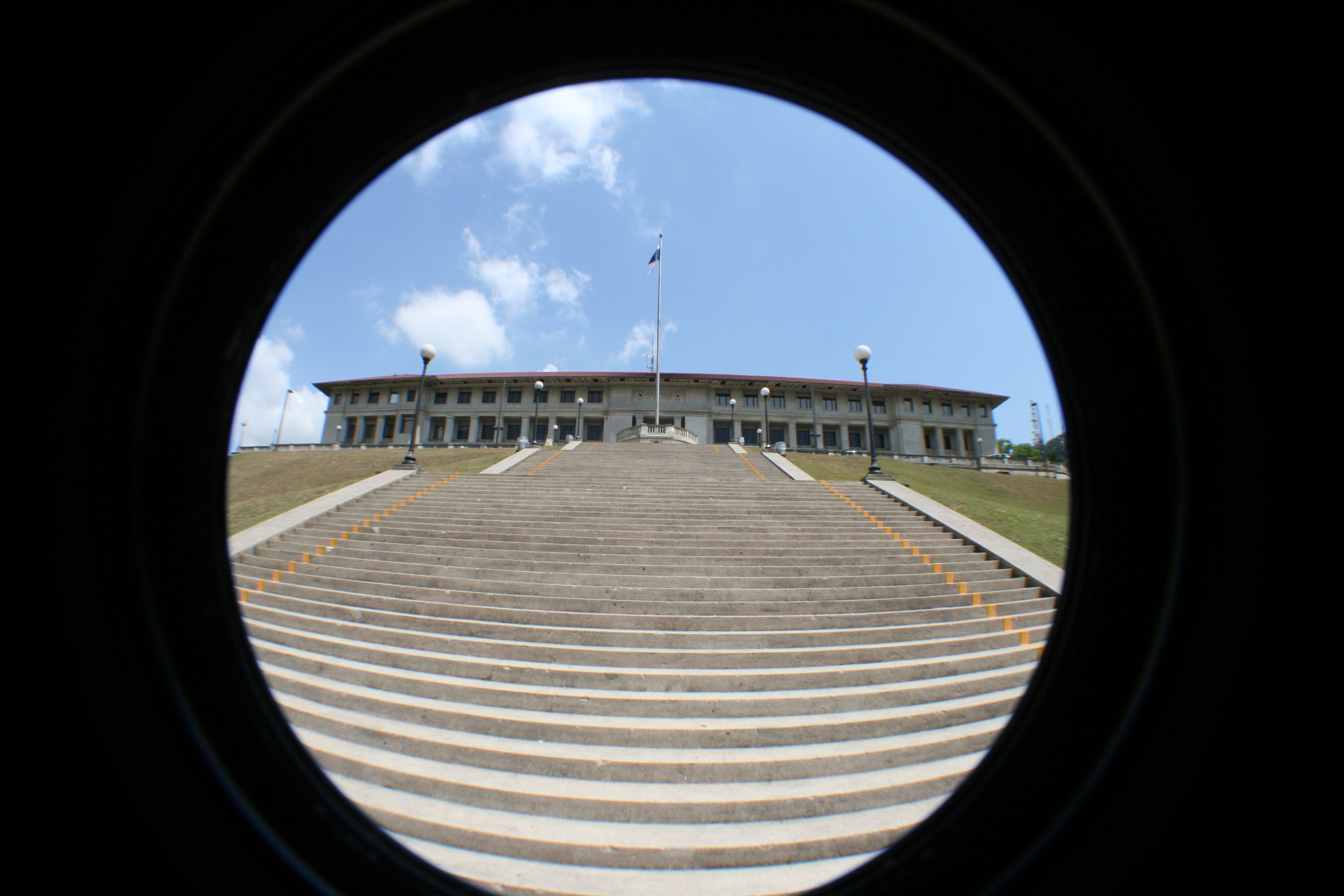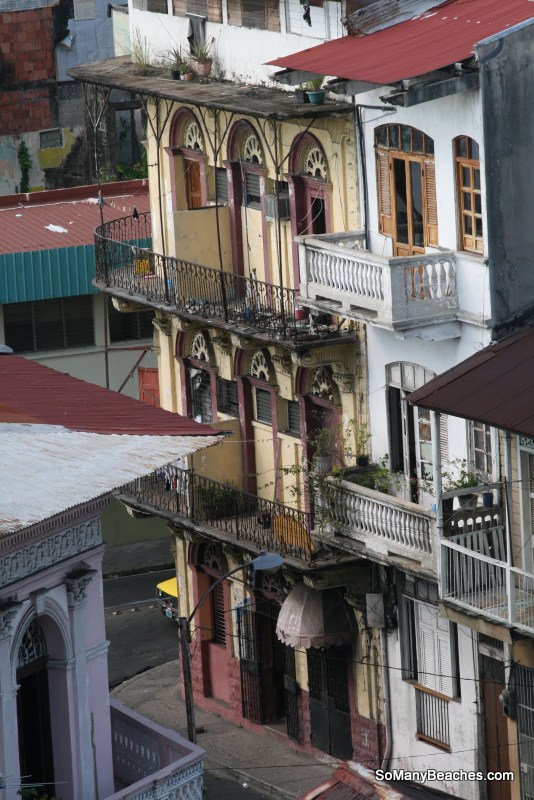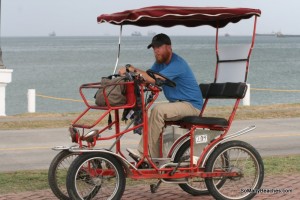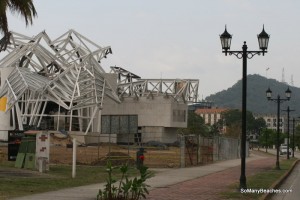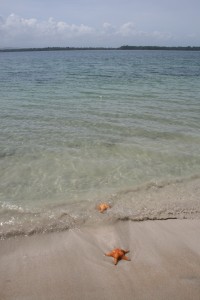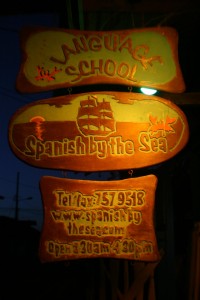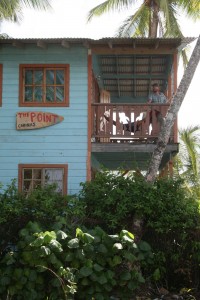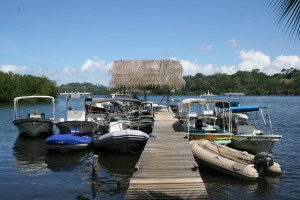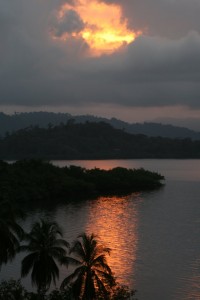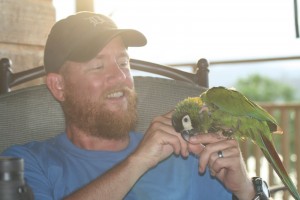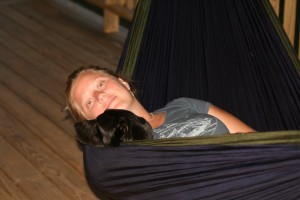I have spent the entire day dealing with the dog. Rather, I’ve spent the entire day dealing with the specifics of having a dog aboard a sailboat in one country (Guatemala) and trying to move with him (legally) to another country (Belize).
Kemah, the dog, has spent his day doing this:
He didn’t even say “thanks”. The nerve.
But, I don’t begrudge him at all for his cushion-warming. In fact, I’d love to join him and most days I do. But, not today. Today, I’m afraid we had to stick to the roles predetermined by our opposable thumbs (or lack thereof) until he learns how to, in fact, do this:
Ya see, in the last year and a half, we’ve cruised half a dozen countries with the dog (The Bahamas, Jamaica, Columbia, Panama, Honduras and Guatemala). I’m used to my little routine: getting on Noonsite, checking the regs, then maybe doing a quick search of Cruisers Forum and/or the Cruisers Yahoo Group to see if any sailors have posted anything recently regarding check-in procedures (as they are wont to change).
Fortunately, we’ve had no issues and, generally, the import process for dogs held up to what was previously stated on the web. Furthermore, usually, no one cared at all: most didn’t ask-we volunteered K’s info; The Bahamas cared so little about what went on their forms the official listed K’s breed as “rescue dog” (okay . . .); and in Jamaica, which is the only country we’ve visited where K wasn’t allowed off the boat, the officials showed us a little island away from the anchorage where they “knew others have taken their dogs” *wink wink*.
But, it seems we are going to have no such luck importing our dog to Belize with lax regulations. I will spare you the play-by-play of the web of info I navigated, but perhaps this gem of a tangent will give you some idea of the clarity of info published by the Belizean authorities on the topic: “Obtaining a permit for these pets from BAHA is the same as is described above for obtaining a permit for ham or turkey“. umm, okay? (apparently, Belizeans love their Christmas hams . . .)
Anywho, long story short and in the spirit of paying it forward . . . here what we did to get an understanding of what will hopefully work for us (confused yet?):
- We called the Placencia office of the Belize Agriculture Health Authority (BAHA) at (011) 501-824-4872. We spoke to a very nice official and were told that we need fill out this application to import animals and email it back to them via bahasps@btl.net or animalhealth.baha
@gmail.com (we emailed both). - The permit process takes 3 business days to be completed (we are submitting the app from Fronteras, Rio Dulce, Guatemala and taking 3+ days to get to the coastal town of Livingston, Guatemala. So, we figured we’re getting a head start and can just follow up in Livingston before entering Belizean waters). The permit is $25 (without the additional fees for faxing in the permit app, which we are not doing because we are choosing not to track down a time machine to find a working fax machine and are instead just emailing the forms).
- We also need a Health Certificate, dated within 7 days of expected arrival, signed by a vet (from the country you are arriving from) affirming K to be in good health with an up-to-date rabies vaccination (he has the 3-year kind and they said that’s fine). We were quoted anywhere between $30-150 for this service from several vets in the area. Only one of them indicated they would need to examine Kemah before sending us the paperwork (via the bus from Guatemala City – why? who knows). We were told by one vet the high fee was due to arranging the import permit with Belize (I am doing that on my own) and for securing a “Guatemalan export permit” for K (um, that’s never been mentioned before and Belize doesn’t need it, so, no thanks). Because we have our old Health Cert from the States with all of K’s records and info on it, we simply emailed it to the “don’t need to see him, send me info, I’ll sign off on it for $30” vet who is located in Guatemala City and will send the papers on the bus to us tomorrow. We’re paying a middle man at another marina for the service. What could go wrong?
By the by, we have read (on the totally reliable source that is the internet) that failure to secure an import permit or have a health cert could result in a $100 fine in Belize. This penalty is not exactly nothing, but not a horrible (we’re confiscating/quarantining/euthanizing your pet) scenario either. And, before we convinced the $30 vet not to charge us the extra $120 for “preparing” K’s papers, we seriously considered saving $20 by just showing up in Belize “unprepared” and paying the $100 fine.
So, that’s that. Cross your fingers, toes and opposable thumbs that everything will work out swimmingly. And, I’ll be sure to let you know what happens upon entry to Belize.
Until then, K and I are gonna keep the cushions warm.
***Update: We cleared into Belize on Monday, April 22. We never received a Import Permit from BAHA, and both cruisers and locals encouraged us to bypass the BAHA office, which will make an appointment to search your boat for agriculture & animals if you report having any – and they will charge you for the transport of their officers to/from your boat. The nay-sayers figured “BAHA costs money, takes time, and no one enforces anything for BAHA for boaters” (unlike port captains, who may request your boating permits). So, in short, no one ever asked about the dog, and we didn’t tell. And, while I remain *convinced* this will bite us in the end, D was the captain who checked us in and continues to espouse the philosophy of the islands: “don’t worry, be happy”. Umm, okay.***



